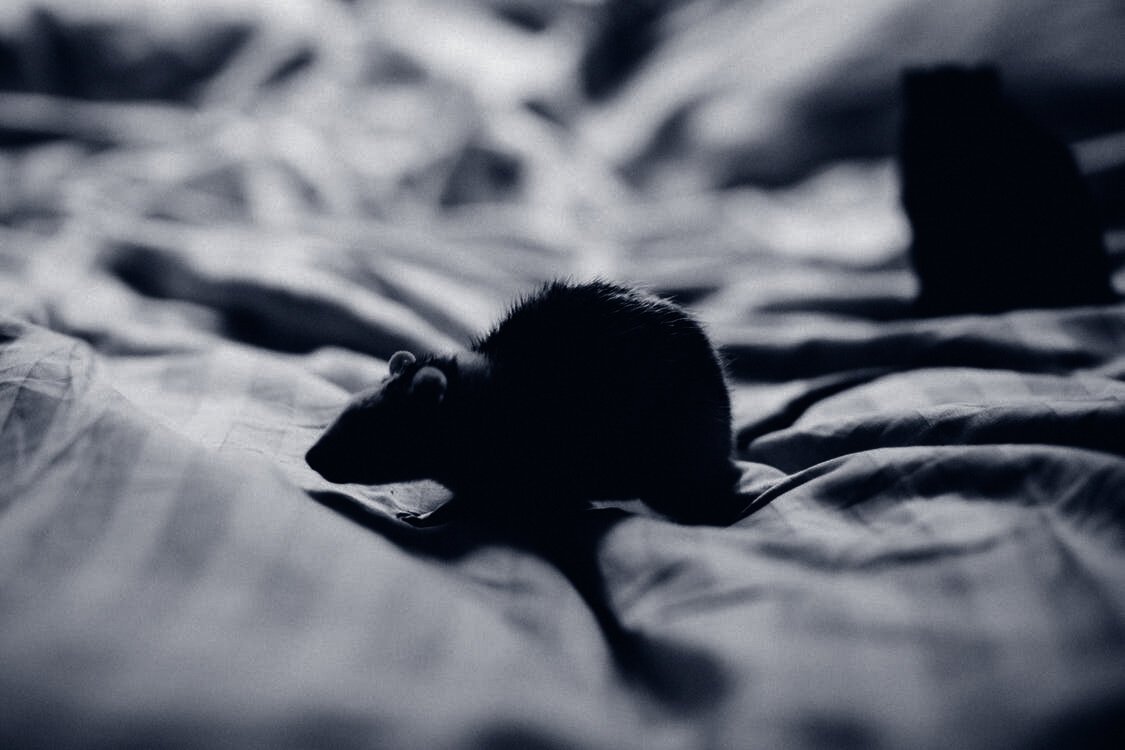The Mouse
The Myth of Helplessness - Part 2
Between 1968 and 1970, the National Institute of Mental Health commissioned American scientist John B. Calhoun to conduct a groundbreaking behavioral study of captive mice. Calhoun and his team constructed an enclosure consisting of four pens, 256 living compartments, and sixteen burrows—a nine-square-foot space intricately designed to ensure that every mouse living within it would have absolutely everything it needed to not only survive, but to thrive. They would have unlimited access to food and water. They would be cut off from disease and predatory or social threat. These mice would have it made.
Calhoun called this environment “Universe 25” as the experiment was repeated 25 times with the exact same result each time. I like to think of it more informally as “Mouse Utopia.”
The experiment started with four pairs of healthy mice. At first, the mice thrived in their perfect society. They ate well, remained healthy, mated successfully, and the population grew. But in less than a year, things began to change in a decidedly aberrant and even sinister manner.
Absent their traditional roles of providing and protecting, the dominant males began to form gangs. They became more aggressive, often launching into violence with no clear provocation or motive, including sexual assaults on lower status mice irrespective of gender. The lower-status males, meanwhile, having no roles within the society, grew more passive and timid, often secluding themselves or ending up as the targets of the dominant males’ unprovoked violence.
The females were left to fend for themselves and their nests. Over time, many of them became more aggressive themselves, often resulting in violence directed toward their own young. Others simply gave up on motherhood altogether, abandoning their broods and refusing to mate. The last known conception occurred on day 920 of the experiment, where the population peaked at 2,200, far short of the enclosure’s capacity. This marked the beginning of what Calhoun called the “death phase,” in which Mouse Utopia began to slide inexorably toward its own extinction.
Most disturbingly, the death phase gave rise to a population that Calhoun called “the beautiful ones.” The beautiful ones didn’t breed, fight, or do anything except eat, groom, and sleep. As the population started its precipitous decline, the beautiful ones avoided most of the violence and death by remaining in seclusion. This caused them to completely lose touch with normal behaviors, including mating or caring for young.
Before the society imploded completely, Calhoun removed some of the beautiful ones to see if they would become more productive if released into a new society of normal, well-adjusted mice, free of the social strife and carnage that dominated Universe 25. But even amid the example of normal mouse behavior, the relocated beautiful ones remained dependent on their entitlements. They refused to look for their own food, mate, or even interact with their new peers, with 100 percent of them eventually dying of natural causes without a single new birth.
Calhoun’s experiment was viewed at the time as a grim prediction about the road that humankind seemed to be on, with its exploding population and urbanization—a condition that Calhoun called “behavioral sink.” But neither Calhoun, nor I, think that Universe 25 imploded due simply to population growth and urbanization of habitat. Rather, it was because of entitlement. The mice of Universe 25 no longer had to do anything to survive. They no longer needed self-reliance, ingenuity, work ethic, or teamwork to keep their society growing and prospering. Just as importantly, they no longer had to worry about outside dangers.
Safety became the ultimate entitlement.
The Impossible Dream
Have you noticed how so many in today’s United States are seeking the impossible dream of total safety? They don’t simply expect to be kept safe from physical violence. They want to be safe from micro-aggressions. Safe from people saying hurtful things, or of even challenging their belief systems. They want their safe spaces. And they want the government to protect them from every possible kind of harm—from physical harm to COVID-19 to financial difficulties. They want doctors to fix their ailments without having to contribute themselves to their own wellbeing. And ultimately, they want to be safe, from everything, all the time.
Now, don’t get me wrong. I think that society should provide a certain level of protection to its citizens. And I absolutely do think that people should be nice to each other, respect one another, and help those who cannot help themselves. I am not advocating for high-risk behavior, or recklessness, or chaos. Nor am I belittling the trauma of being victimized or suffering loss.
What I’m saying is simple: anything worth doing involves risk. Just like the mice in Universe 25, your capacity to live confidently—and to live well and productively—stands in direct correlation with your purpose in life, and your inner capacity to adapt and respond to the inevitable challenges that life will bring.
All creatures, great and small, must have a purpose and must work to live. In nature, if something doesn’t work to fulfill a specific purpose, it simply cannot exist. This is every bit as true for human beings. To exist in a way where all of our needs are met by some benevolent outside force is simply not enough. Our existence has to have meaning. It has to fulfill a purpose greater than our basic sustenance for us to feel fulfilled and successful.
The more we embrace the myth of helplessness in our lives by abdicating our responsibility for our own wellbeing, our own financial circumstances, and above all, our own safety, the less fulfilling our lives become. Further, we expose ourselves to a terrifying potential future, one where that abdication of responsibility leads to the dominant few victimizing the rest.
Universe 25 was a simple experiment conducted in the in the late 60s. It is also, however, a dire warning about where we are headed if we continue down this path of collective helplessness.

